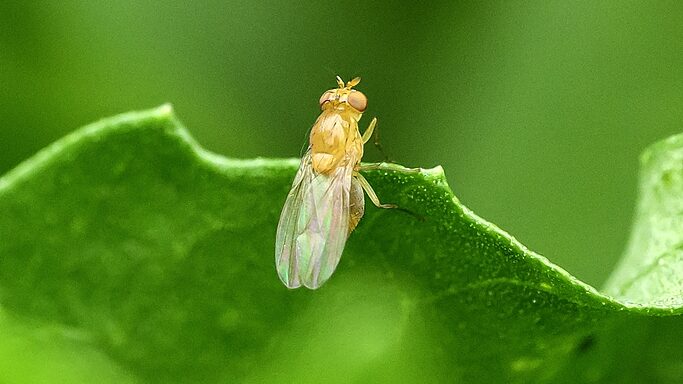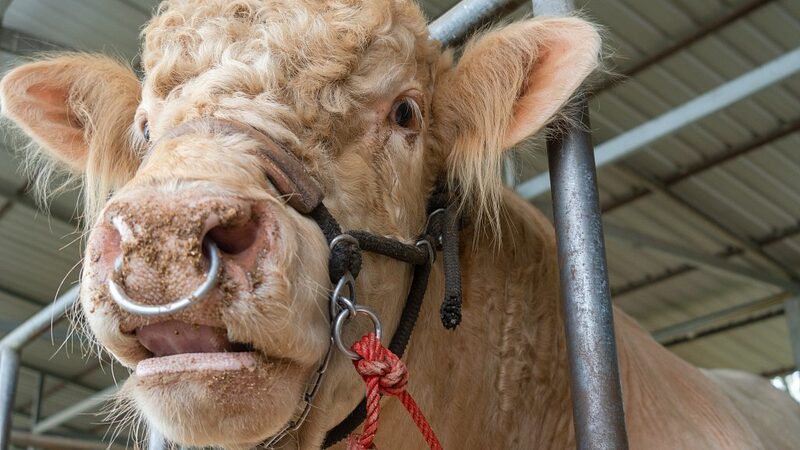The Mystery Behind Bird Flu's Limited Human Impact
While bird flu (H5N1) has devastated animal populations globally—killing millions of birds, seals, and even cats—its impact on humans remains puzzlingly low. 🔬 Scientists call it a \"head scratcher,\" with theories ranging from how the virus infects cells to biological differences in species’ \"docking points\" for viruses.
🐄 From Cows to Cats: A Virus of Many Hosts
In the U.S., outbreaks have hit dairy farms, but cows mostly show mild symptoms. Meanwhile, cats drinking raw milk from infected cows suffered severe brain infections and death. 😿 Researchers found H5N1 attacks nervous systems in some species, but why humans aren’t similarly affected remains unclear.
👁️ The Eye-Opening Risk for Farmworkers
Eye infections are common among dairy workers, likely due to splashes during milking. A chilling study showed ferrets died when infected via their eyes—yet human cases have been mild. Could past flu exposures offer protection? Blood tests suggest not. 🩸
💥 The Pandemic Question: Are We Prepared?
Experts warn against complacency. \"It could be really bad,\" says Dr. Tom Frieden, highlighting fears of mutation. While current H5N1 shows no signs of easy human spread, U.S. officials are prepping vaccines—just in case. 🚨
🔍 What’s Next?
Scientists are ramping up studies on pigs (potential \"mixing vessels\" for deadlier strains) and urging vigilance. As one researcher put it: \"The only thing predictable about flu is it’s unpredictable.\"
Reference(s):
Scientists want to discover why bird flu hardly affects people
cgtn.com





